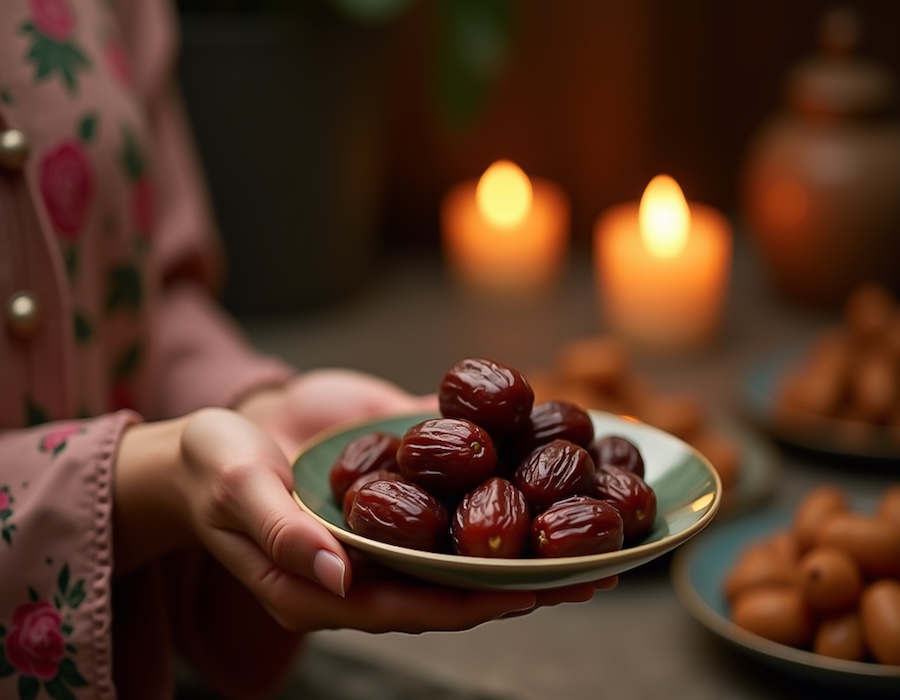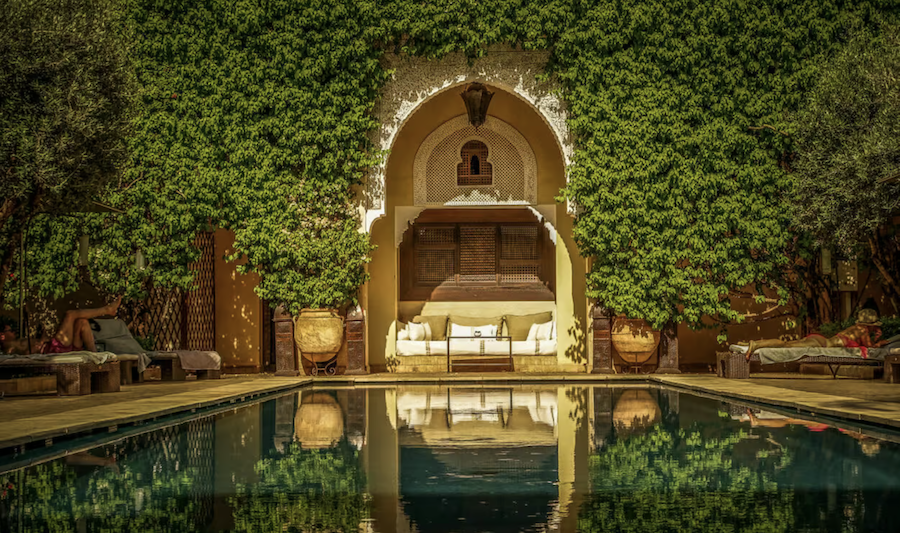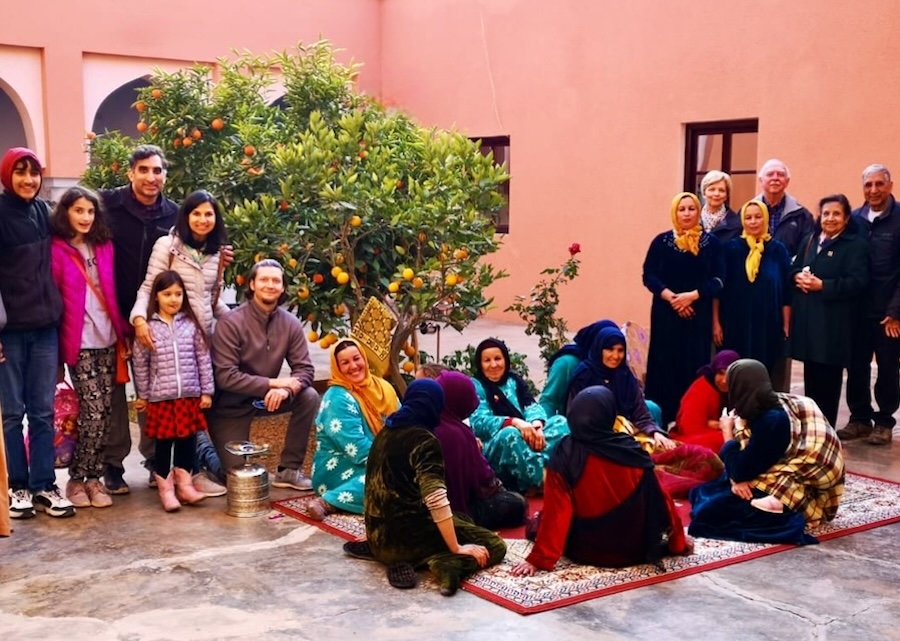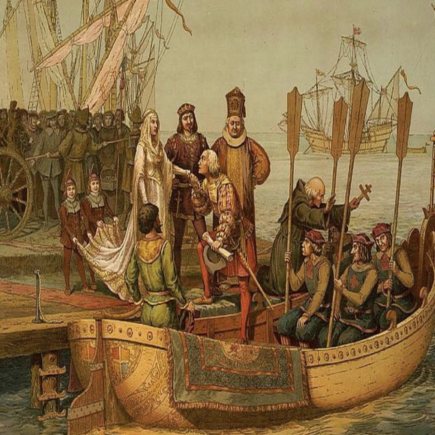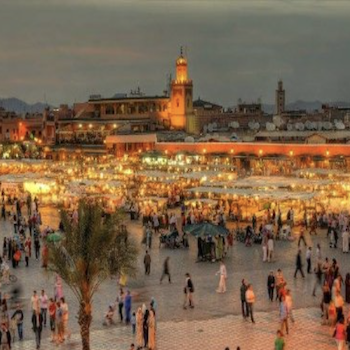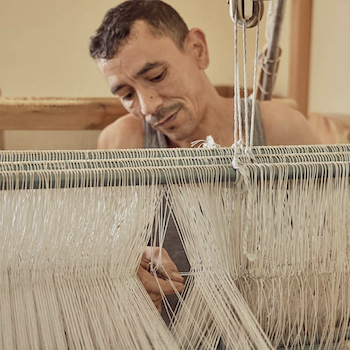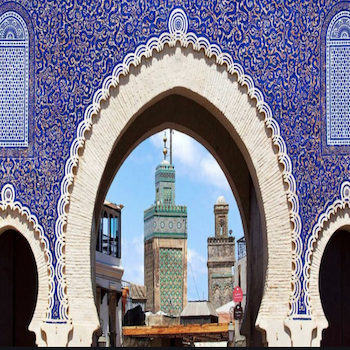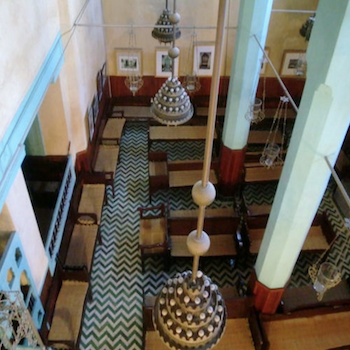Ramadan 2025 Travel Guide: Essential Customs for Visitors to Morocco
Traveling to Morocco during Ramadan offers a transformative cultural immersion that reveals the heart and soul of this North African kingdom. As the country’s 37 million residents observe the most sacred month in Islam, visitors gain privileged insight into traditions that have shaped Moroccan identity for centuries. This Ramadan 2025…

